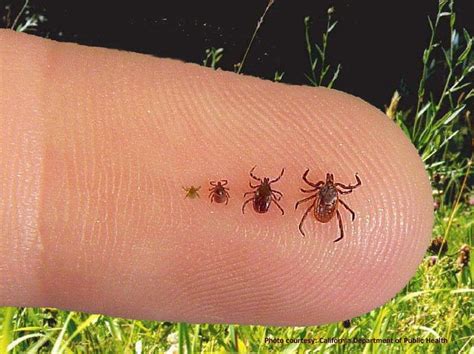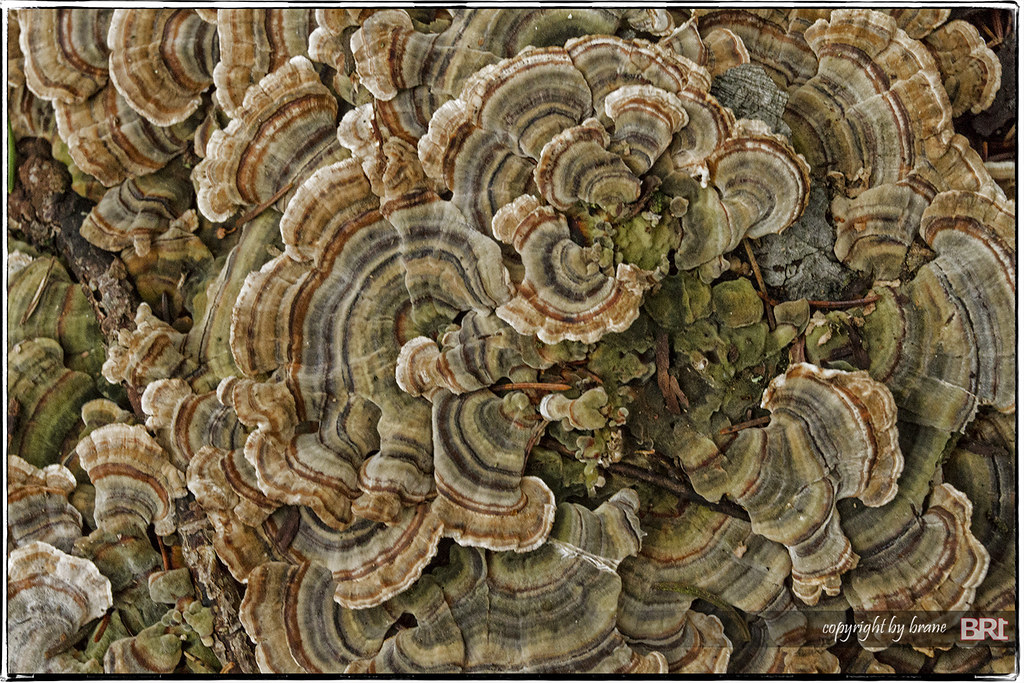The Following is conventional information and common ways to treat with antibiotics, which is useful to consider. Following, is information on new studies and a botanical approach. You are encouraged to do you own research.
Lyme disease can cause devastating effects on your health. Symptoms of Lyme disease can mimic many other diseases and, unless you get the obvious bullseye rash, it may be extremely difficult to pinpoint the cause of your symptoms, leading to a misdiagnosis.
30,000 cases a year are reported to the Centers for Disease Control, but many more are not reported. The CDC estimates that “approximately 300,000 people may get Lyme disease each year in the United States.” Since Lyme disease is not simple to diagnose after it has progressed, the total number of Americans infected each year may be even higher than CDC estimates.
What is Lyme Disease?
Lyme disease originates from a bacterium that is transmitted through the bite of certain types of ticks. Fortunately for humanity, we are not able to transmit it to each other. As a tick goes through its life cycle, it feeds on blood once in each stage. Larva, ticks in the baby stage, do not begin to carry the bacteria until they feed on an animal which carries the organism. However, the nymph and adult may carry it before feeding and transmit it through their bite.
The good news is that normally the tick does not transmit the bacteria until it has been attached for 36-48 hours. So, if you inspect your body for ticks and are able to remove them shortly after they have attached, you are probably safe from developing Lyme disease. The bad news is that this is harder than it seems. Adult ticks are relatively easy to spot but the nymphal stage tick is much more difficult to see or identify. To minimize your chances of developing Lyme disease, be aware of what a tick nymph looks like, and thoroughly check your body after being in areas where ticks thrive.
Symptoms
The first few weeks are called acute Lyme disease. During this stage, symptoms are easily mistaken for the flu and are sometimes accompanied by a rash, called erythema migrans (EM). Somewhere between three and thirty days after being infected, up to 70 or 80 percent of people will develop this rash. It usually grows until it reaches around six inches across but can spread to over a foot in diameter and will last for three to five weeks. It often has a distinct bullseye pattern but may not. Further confusing the issue, some people will develop the rash in multiple places on their body. Luckily, it is rarely painful or itchy.
Other common early symptoms include headache, chills, mild fever, achiness, joint pain, fatigue, and swollen lymph glands. After the first few weeks, it progresses to late Lyme disease. At this point, the bacteria have reproduced and spread enough to cause more severe symptoms.
Joint pains begin to migrate, and the headache, fever, and fatigue worsen. Depending on how the disease affects you, you could have a sore throat, stiff, aching neck, changes in vision, facial palsy, nerve pain, numbness or tingling in your extremities, or shortness of breath.
Some of the more extreme symptoms of Lyme disease include arthritis in one or more large joints with severe pain and swelling, and heart problems, called Lyme carditis. Neurological disorders are also common if your central nervous system is involved, and may result in dizziness, short-term memory loss, difficulty concentrating, mental fog, and confusion.
As you can see, Lyme disease can impact you in a wide variety of ways. While this list seems diverse, it is not exhaustive, and there are many other symptoms observed in those with Lyme disease.
Bacteria Which Cause Lyme Disease
Borrelia burgdorferi is the bacteria commonly known to cause Lyme disease. There are many strains of this bacterium, and at least 16 cause Lyme disease. Once you are exposed to a strain, your body begins creating antibodies, which are Y shaped proteins, that find the intruder and stick to it, so your immune system knows to destroy the antigen. Unfortunately, your body only creates antigens for the specific strain you were exposed to, so it is possible to be infected by multiple different strains of Borrelia that can cause Lyme disease. Researchers also have not determined how long immunity lasts after exposure so it may be possible to be infected by the same strain years later.
In 2016, researchers at the Mayo Clinic found that another Borrelia species called Borrelia mayonii also causes Lyme disease. In addition to the diverse symptoms of Lyme disease caused by Borrelia burgdorferi, when you are infected with B. mayonii you may have additional symptoms of nausea, vomiting and neurological symptoms. Currently, the only way to identify Lyme disease caused by this strain is to identify the bacterium in a blood smear from an infected person or with a different Lyme disease PCR test, which you can only get through the Mayo Clinic.
Another species of Borrelia, known as Borrelia miyamotoi, also causes Relapsing Fever, which humans can get through the bites of ticks and lice. Common symptoms of relapsing fever include a severe headache, nausea, vomiting, high fever, chills, muscle and joint pain, a rash, and delirium. Other, more severe and dangerous symptoms may also occur. The symptoms last three to five days, abruptly clear up, then return a week or two later. Untreated patients may relapse 2 to 10 times.
Testing and Diagnosing Lyme Disease
One of the biggest problems with diagnosing Lyme disease is in recognizing symptoms if the rash is not present. Many patients do not remember getting bitten by a tick or developing the erythema migrans rash. Since Lyme disease mimics so many other diseases, it is easily misdiagnosed. If Lyme disease is suspected, your doctor will diagnose you based on your symptoms, and whether you have been exposed to black-legged ticks. If you have the rash, you can start treatment without any testing. To correctly diagnose Lyme disease, the CDC recommends a two-step process of blood testing.
The first test is an enzyme-linked immunosorbent assay (ELISA or EIA). This test detects whether your body has created antibodies to specific antigens, in this case to Borrelia burgdorferi. The ELISA works by taking a blood sample and introducing a specific antigen to the blood. If antibodies to that antigen are present, the antigens will attach to the antibodies, giving a positive result. However, you can receive a false positive if you have a few other diseases, so if the test is positive or equivocal you then move to step two, a Western Blot test.
The Western Blot Test works similarly to the ELISA but is much more sensitive. There are two Western Blot tests that can detect antibodies indicating you have Lyme disease. The Lyme IgM detects antibodies present as early as one week after the infection. The Lyme IgG shows antibodies that appear a few months after exposure.
Treatment
The first few weeks after infection are considered to be the acute stage of Lyme disease, and treatment in this stage is often relatively simple with a course of oral antibiotics. If you are treated in the first few weeks, you will probably recover quickly and completely.This is a recommendation, other treatments are mentioned below.
After the first few weeks, the disease enters later stages. At this point, symptoms begin to worsen, and treatment becomes more complicated. Antibiotics will still be essential, but you will probably need additional therapies for recovery since antibiotics may be less effective against certain symptoms. A study by John J. Halperin states “In contrast to the overwhelming evidence that Borrelia infections are readily cured with antimicrobial therapy, there is abundant evidence that antibiotic treatment is ineffective in patients with persistent fatigue and cognitive symptoms following appropriately diagnosed and treated Lyme disease.”
At any stage, but especially when antibiotic treatment is begun later in the disease, you may continue to have fatigue, pain, joint or muscle aches, or long-term damage to joints or the nervous system, long after completing the antibiotics. This has led many to use the term chronic Lyme disease although it is not currently recognized. Chronic LD can refer to untreated late Lyme disease, post-treatment Lyme disease syndrome, and other similar diseases from tick bites.
Treatment at any stage may also be more difficult because Borrelia have the ability to suppress the immune system and also to make themselves invisible to it. Studies suggest that Borrelia can go dormant when being attacked and may even be able to mutate its own genes to become antibiotic resistant. Complicating the issue, coinfections are common with Lyme disease. Therefore, your treatment regimen will need to address coinfections and support your immune system in a variety of ways to help you gain a more thorough recovery from Lyme Disease in any stage.
Lyme disease impairs the immune system which therefore needs to be strengthened. This is done through a variety of ways. Probiotics, botanicals, and nutraceutical supplements are common therapies for strengthening your immune system. You may also utilize IV Nutritional therapy to expedite the healing, which could include oxidative IV treatments like IV ozone or high dose vitamin C. Nutrition is FOUNDATIONAL to the health of your immune system so we will probably modify your diet. You may need to be on a low-carb diet for a while since sugars not only feed bacteria but may also suppress your immune system for up to 16 hours every time you consume them.
In some cases, you may need to treat your immune system for a while before beginning antibiotics to combat Lyme disease. A continual focus on detoxification processes and lymphatic drainage will aid in the healing process as biological and environmental toxins, such as pesticides, heavy metals, and plastics are eliminated, reducing their compromising capabilities to your health and impeding your progress toward wellness.
Many people suffer from persistent Lyme disease because they are not properly diagnosed, are treated with an insufficient course of antibiotics not allowing for proper eradication of the bacteria from their bodies, or have a weakened immune system or damaged gut lining that needs support to fully heal.
https://www.tcimedicine.com/post/everything-you-need-to-know-about-lyme-disease
Lyme disease treatment: 2 herbal compounds may beat antibiotics
Doctors use antibiotics to treat it, but could plant-based remedies be more effective?
Healthcare professionals choose between three antibiotics in the treatment. These are doxycycline, cefuroxime, and amoxicillin. Sometimes, however, antibiotics are not effective in eradicating all traces of B. burgdorferi from the system, which means that the disease can persist.When this happens, bacterial cells that have developed antibiotic resistance can continue to proliferate. These are known as persister cells.Because of this, researchers have been looking into alternative modes of fighting the bacterium, and their first line of inquiry has focused on natural remedies.
In 2018, an in vitro (in culture cells) study suggested that 10 plant-derived essential oils could help fight off B. burgdorferi. Researchers from the Johns Hopkins Bloomberg School of Public Health in Baltimore, MD, and from the California Center for Functional Medicine and Focus Health in Berkeley, have conducted a new study that has led them to believe that two specific plants may lead to more effective therapies against Lyme disease.
“Many thousands of Lyme patients today, especially those with later-stage symptoms who have not been effectively treated, are in great need of efficacious, accessible treatment options,” notes study co-author Dr. Sunjya Schweig.
Quinine and Japanese Knotweed show promise
In their study — whose findings appear in the journal Frontiers in Medicine — the investigators analyzed the potential of 14 different plant extracts in killing B. burgdorferi.
They compared the results with those of two of the traditional drugs used against Lyme disease: doxycycline and cefuroxime.
The researchers pitted each of these plant extracts against free-swimming (planktonic) B. burgdorferi and microcoloniesTrusted Source of this bacterium — aggregates of bacterial cells.
The in vitro tests suggested that extracts from seven different plants were more effective against the Lyme disease bacteria than doxycycline and cefuroxime.
The plants in question were black walnut (Juglans nigra), cat’s claw (Uncaria tomentosa), sweet wormwood (Artemisia annua), Mediterranean rockrose (Cistus incanus), Chinese skullcap (Scutellaria baicalensis), Ghanaian quinine (Cryptolepis sanguinolenta), and Japanese knotweed (Polygonum cuspidatum).
The researchers note that the ones with the highest antibacterial activity directed against B. burgdorferi were Ghanaian quinine and Japanese knotweed. The active ingredient in Ghanaian quinine is an alkaloid called cryptolepine, which people have traditionally used against malaria, hepatitis, septicemia, and tuberculosis.
Japanese knotweed features an antioxidant called resveratrol. Some studies have suggested that resveratrol may have anticancer properties, and may protect heart and brain health.
“This study provides the first convincing evidence that some of the herbs used by patients, such as Cryptolepis, black walnut, sweet wormwood, cat’s claw, and Japanese knotweed, have potent activity against Lyme disease bacteria, especially the dormant persister forms, which are not killed by the current Lyme antibiotics,” says study co-author Prof. Ying Zhang.
https://www.medicalnewstoday.com/articles/lyme-disease-treatment-2-herbal-compounds-may-beat-antibiotics
https://www.sciencedirect.com/science/article/pii/B9780124059276000175
https://www.ncbi.nlm.nih.gov/pmc/articles/PMC6164842/







